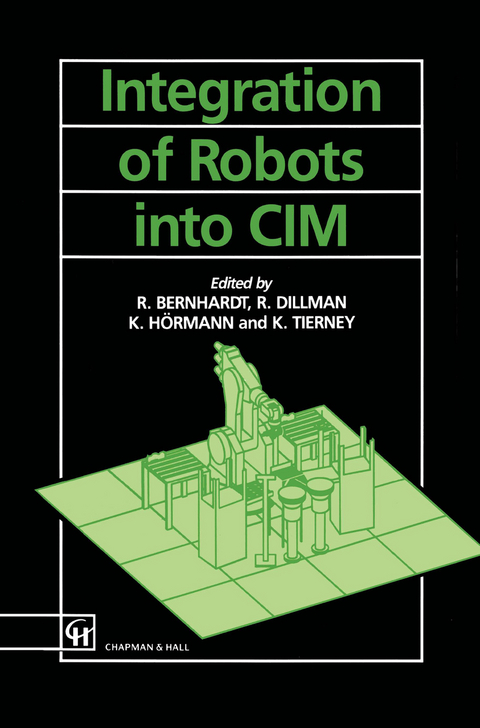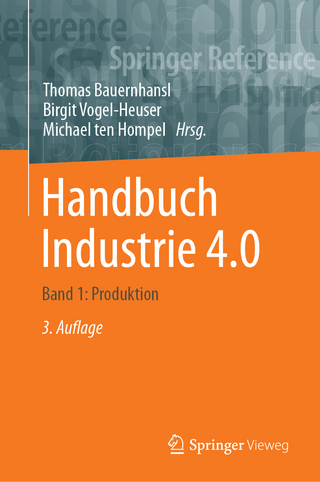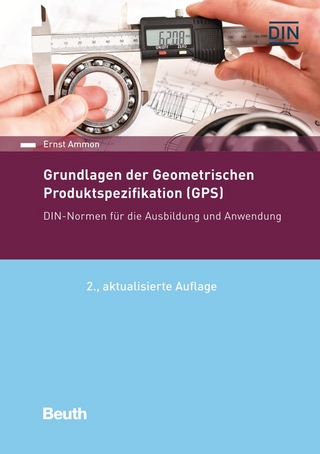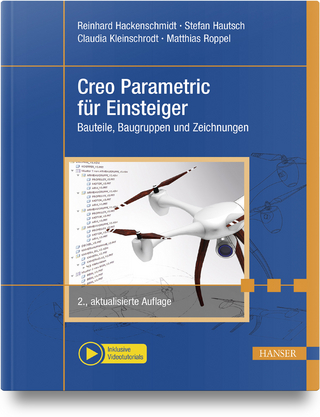
Integration of Robots into CIM
Springer (Verlag)
978-94-010-5046-3 (ISBN)
Section I Survey of the project.- 1 Robots in CIM.- 2 Objectives, approaches and main benefits.- 3 Introduction and role of the partners.- 4 Structure of the book.- Section II Systems-planning.- 5 Procedure for a computer-aided planning process.- 6 Task sequence planning.- 7 Component selection and layout planning.- 8 Process planning.- 9 Layout optimization.- 10 Conclusion to system planning.- Section III Programming.- 11 Introduction to programming methods.- 12 Robot motion execution planning.- 13 Robot program generation.- 14 Process execution simulation.- 15 Program execution.- 16 Task-level programming.- 17 Exception handling.- 18 Conclusions.- Section IV Information system.- 19 Introduction.- 20 Design management system.- 21 Design of a knowledge-based information system.- 22 Conclusions.- Section V Applications of the system.- 23 Introduction.- 24 Planning and programming of a dot matrix printer assembly.- 25 Programming of the Cranfield assembly benchmark.- 26 Industrial application of the planning and interactive programming system.- 27 Applications at FIAR.- 28 Applications at KUKA and benefits.- 29 Applications at the IPK Berlin.- 30 Conclusions.- Section VI Summary.- 31 Major achievements.- 32 Exploitation of results.- 33 Standardization aspects.- 34 The future of robots in CIM.
This work is expected to influence standards set up to describe assembly tasks and factory layouts. - Professional Engineering
| Zusatzinfo | XIV, 349 p. |
|---|---|
| Verlagsort | Dordrecht |
| Sprache | englisch |
| Maße | 155 x 235 mm |
| Themenwelt | Informatik ► Weitere Themen ► CAD-Programme |
| Naturwissenschaften ► Chemie ► Technische Chemie | |
| Technik ► Elektrotechnik / Energietechnik | |
| Technik ► Maschinenbau | |
| ISBN-10 | 94-010-5046-5 / 9401050465 |
| ISBN-13 | 978-94-010-5046-3 / 9789401050463 |
| Zustand | Neuware |
| Informationen gemäß Produktsicherheitsverordnung (GPSR) | |
| Haben Sie eine Frage zum Produkt? |
aus dem Bereich


